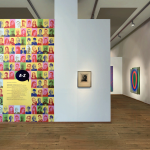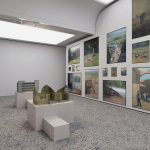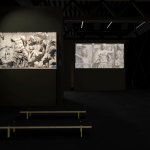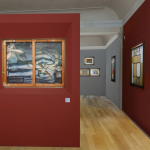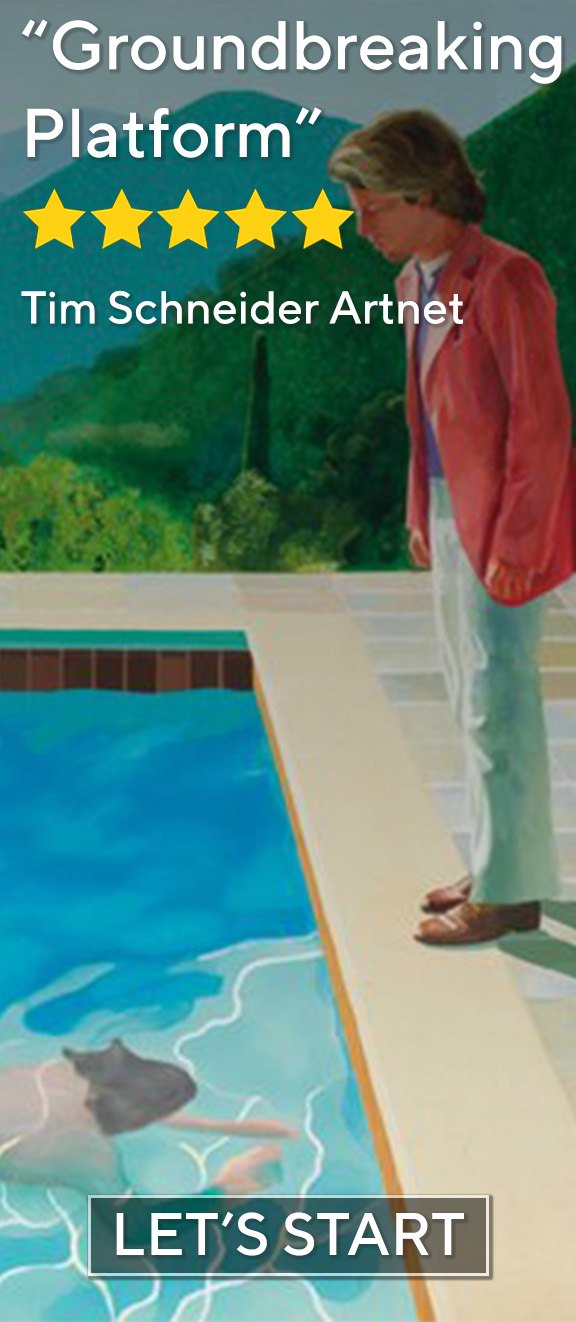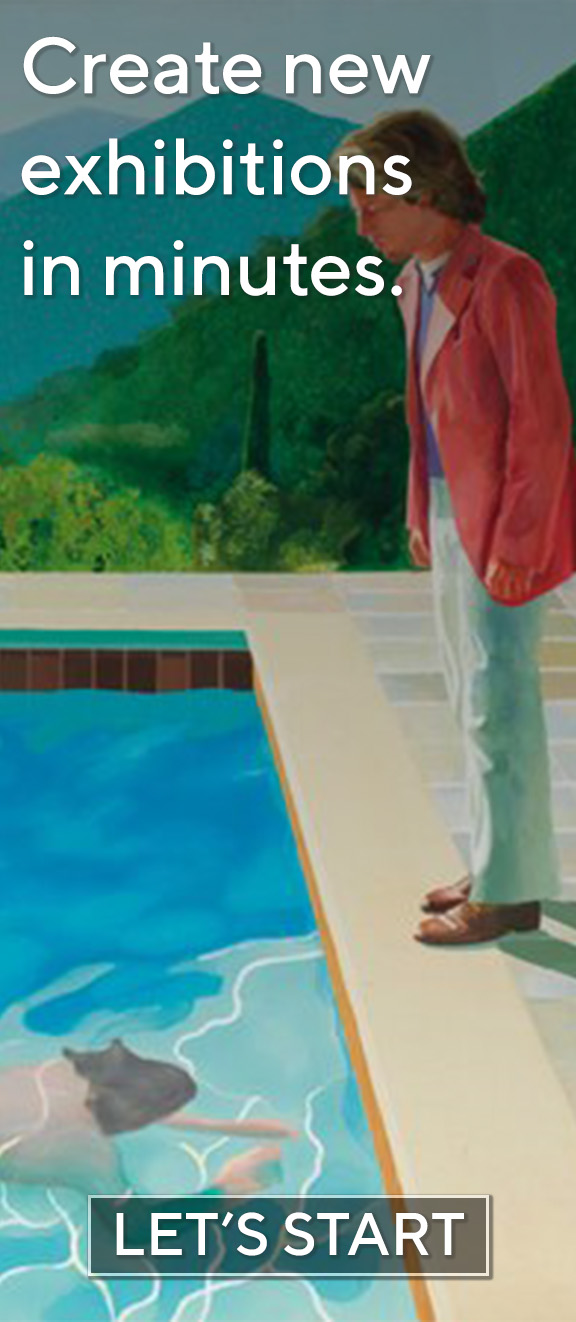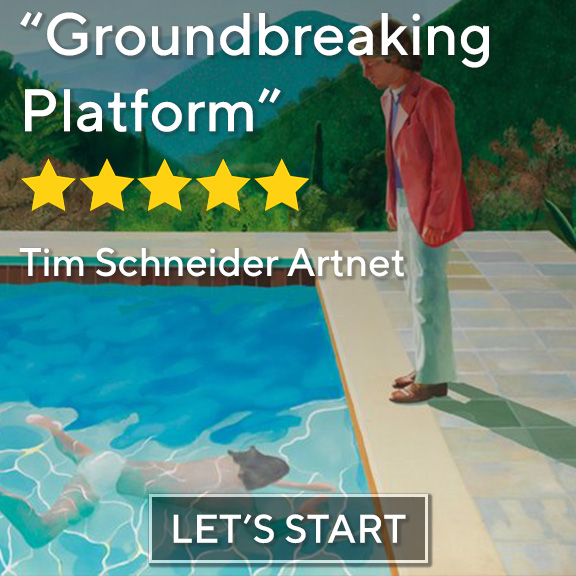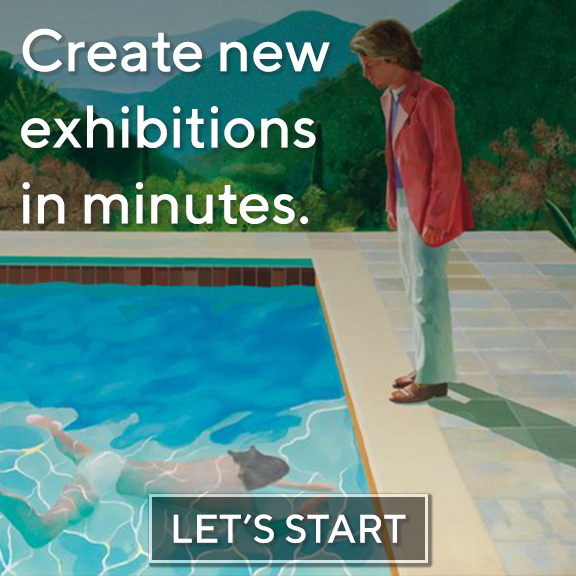“War on Wellness“ by Maryam Jafri was on view from January 11, 2017 until March 11, 2017 at Kai Matsumiya, New York.
In a cultural era riddled with anxiety, self-optimization, and political unrest, Maryam Jafri’s War on Wellness at Kai Matsumiya, New York, boldly interrogates the complexities underpinning contemporary wellness culture. Engaging deeply with ideological and economic critiques, the exhibition situates itself at the intersection of personal anxiety and broader socio-political structures, echoing the mounting societal pressures in an increasingly fragmented world. Curated across three distinct thematic spaces, War on Wellness moves visitors from cerebral puzzles to military meditations, concluding with bodily disquiet. Each room deliberately encapsulates Jafri’s incisive examination of self-care as a contested political battleground, challenging the consumerist rhetoric pervasive in wellness discourse today.
Jafri, a multidisciplinary artist and professor currently based in Copenhagen, Oslo, and New York, is known for her rigorous, research-oriented approach that critically assesses economic, historical, and political narratives through the lens of popular visual culture. Her works consistently reveal the subtle yet powerful interplay between capitalist forces and personal optimization, prompting viewers to question deeply embedded societal norms. Trained at Brown University and NYU, Jafri’s oeuvre seamlessly integrates elements from pop art, conceptualism, and theatrical scenography.
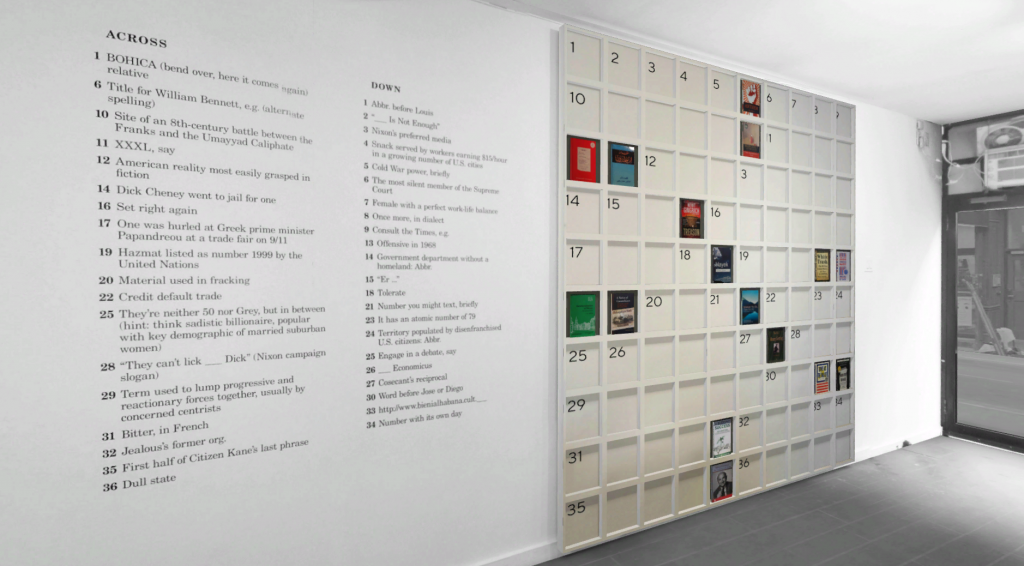
“Where We’re At” (2017), the exhibition’s centerpiece, is a compelling wooden crossword puzzle structure developed collaboratively with New York Times puzzle constructor Ben Tausig. The artwork, featuring embedded books ranging from Ayn Rand to Jon Kabat-Zinn, encapsulates contemporary ideological tensions. The crossword’s meticulously chosen clues, exploring inequality, race, and political history, underscore its critical inquiry into the intellectual undercurrents shaping today’s socio-political landscape.
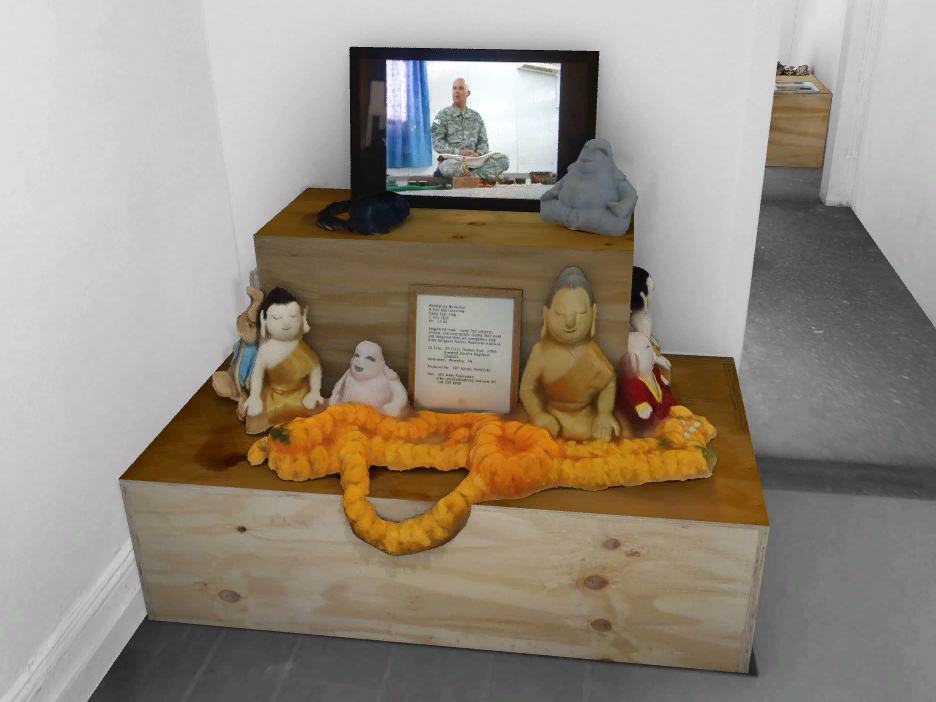
“American Buddhist” (2016) confronts the military’s unexpected embrace of meditation practices. Highlighting an unconventional soldier training session video sourced from the US Army, the piece juxtaposes soft, plush Buddha figures with military austerity, invoking an ironic contemplation of war and mindfulness. This pointed commentary humorously but critically examines the commodification and militarization of Eastern philosophical traditions, echoing Stanley Kubrick’s Full Metal Jacket with an unsettling new-age twist.
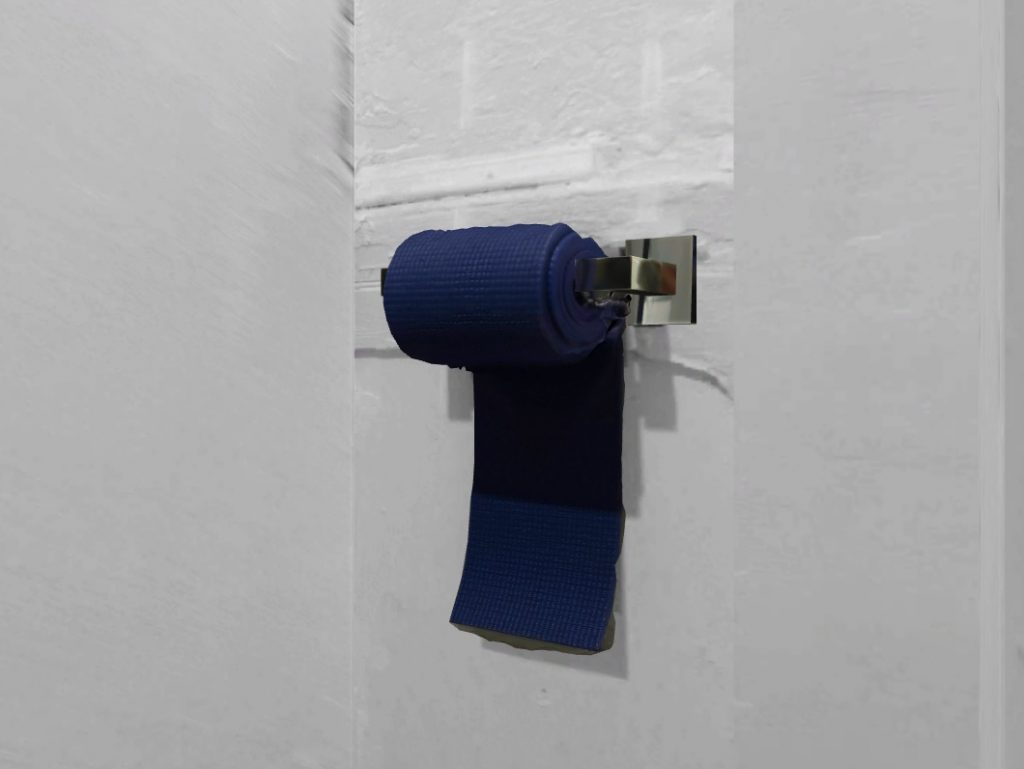
In “Schadenfreude” (2017), Jafri integrates silicone limbs and acupuncture needles to explore the body’s role as a repository of anxiety, visually manifesting the contradictions of wellness culture under capitalism. The starkly minimalist aesthetic underlines the poignant absurdity inherent in contemporary wellness rituals, highlighting how individuals grapple with relentless pressures of self-maintenance amidst systemic precarity.
“Self-care” (2017) humorously but incisively transforms a toilet paper holder into a dispenser of yoga mat material, encapsulating the banality and absurdity of contemporary self-care commodification. The minimalist presentation underscores how deeply wellness practices have permeated even the most mundane aspects of daily life, thus critiquing the reduction of profound spiritual practices into mere consumer items.
Jafri’s carefully orchestrated curatorial approach clearly communicates her critical narrative through the thoughtful selection and positioning of works. The exhibition’s structure, from cerebral puzzle-solving to bodily anxiety, engages viewers intellectually and viscerally, encouraging reflection on contemporary issues of wellness as a symptom of socio-economic pressures. The utilization of space enhances this critique, effectively facilitating a dialogue with urgent contemporary conversations on capitalism and personal responsibility.
Jafri’s incisive examination of self-care as a contested political battleground challenges the consumerist rhetoric pervasive in wellness discourse today.
Ultimately, War on Wellness delivers an impactful commentary, underscoring how individual attempts at wellness are paradoxically both a resistance to and reinforcement of oppressive economic structures. Jafri compellingly demonstrates how deeply embedded capitalist imperatives transform even our most intimate attempts at self-care into performative acts of survival. This provocative exhibition stands as a timely, thought-provoking reflection on the relentless pressures shaping modern life.


